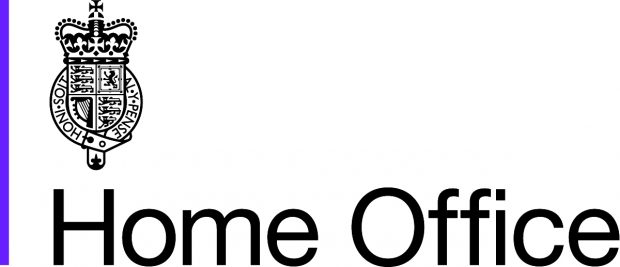About
This factsheet presents a summary of crime statistics in the Crime Survey for England and Wales (CSEW) and police recorded crime which are used together in the new Digital Crime and Performance Pack tool created to develop a more complete picture of crime.
Key data sources: Crime Survey for England and Wales (CSEW)
The CSEW interviews around 35,000 individuals(16+) living in households across England and Wales – provides detailed information about the general public’s experience and perception of crime
Strengths
- Better reflection of true extent of crime (includes crimes not reported to police)
- Better indication of trends in crime (methodology has remained predominantly the same since 1982)
- Data not affected by changes in levels of reporting to police or police practice
- Best source for overall crime (and high volume crimes) experienced by the general population
Limitations
- A sample survey and not 100% count. Estimates subject to a margin of error
- Limited use for sub-national analysis due to smaller sample sizes at this level
- Does not cover commercial crime or crimes against victims not part of household population
- Main crime estimates do not include sexual offences, stalking and harassment but survey does provide estimates of number of victims for these offences
Key data sources: police recorded crime
Police recorded crime data are supplied to the Home Office in an aggregated return for each notifiable offence (43 territorial police forces of England and Wales, plus the British Transport Police) – providing a good measure of police activity (e.g. what is reported to them)
Strengths
- Wider coverage than the CSEW; covers all offences and total population, as well as crimes against businesses
- Provides a good measure of offences that are well-reported and well-recorded by the police
- Better source for some low volume crime, such as homicide and knife enabled crime (special collections), that are not covered by the CSEW
- Provides a measure of crime at police force area and community safety partnership level
Limitations
- Only contains crimes reported to the police and is influenced by public reporting of crime
- Trends can be influenced by changes in recording practices (e.g., violent crime)
- Trends can also be influenced by changes in police activity (e.g., drug possession offences)
Further information: User guide to crime statistics for England and Wales: March 2020 - Office for National Statistics (ons.gov.uk)
Comparing CSEW crime and police recorded crime
- Over three-quarters of CSEW offences reported via interviews in recent years fall into categories that can be compared with crimes recorded by the police.
- Discrepancies in trends may reflect trends in reporting rates, changes in police priorities and recording practices, and differences in the time period covered between the two sources
Comparable subset of offences
- Violence (PRC assault with/without injury)
- Robbery
- Theft from the person
- Domestic burglary (PRC residential burglary)
- Vehicle related theft (PRC theft from/theft of a vehicle)
- Bicycle theft
- Criminal damage
Police recorded crime also measures…
- Commercial crime
- Sexual offences
- Violence (stalking and harassment)
